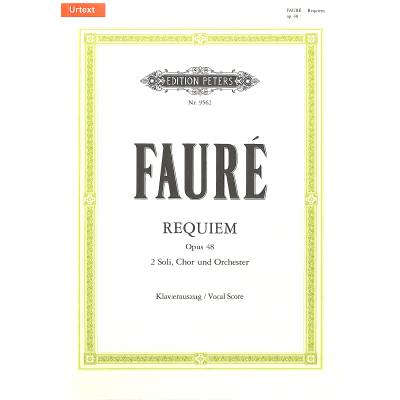
EAN: 9790014077426
Produktdaten aktualisiert am: 22.12.2025
Bilder-Quelle: Notenbuch

Letzte EAN Aktualisierungen:
0705626335269 - Edition Peters - Haftnotizbl...9790300755977 - Edition Peters - Notenschrei...
9790300757971 - Edition Peters - Notenschrei...
0642390670908 - Edition Peters - Haftnotizbl...
0642390670939 - Edition Peters - Haftnotizbl...
0642390670960 - Edition Peters - Haftnotizbl...
9790014004699 - Noten Kuhlau Sonatinen Kö...
9790014077013 - Peters-Violinschulwerk Etüd...
kürzlich hinzugefügt:
9790577017471 - Nine fragments9790014006723 - Sonatinen-Album für Klavier...
9790014011413 - Melodische Übungsstücke op...
9790300766690 - Nocturne
4061389859456 - Strickkleid PETER HAHN PURE ...
9790577086828 - The art of song - grade 7 (r...
9790577085807 - 13 Nocturnes
9790014026813 - 8 kleine Präludien und Fuge...